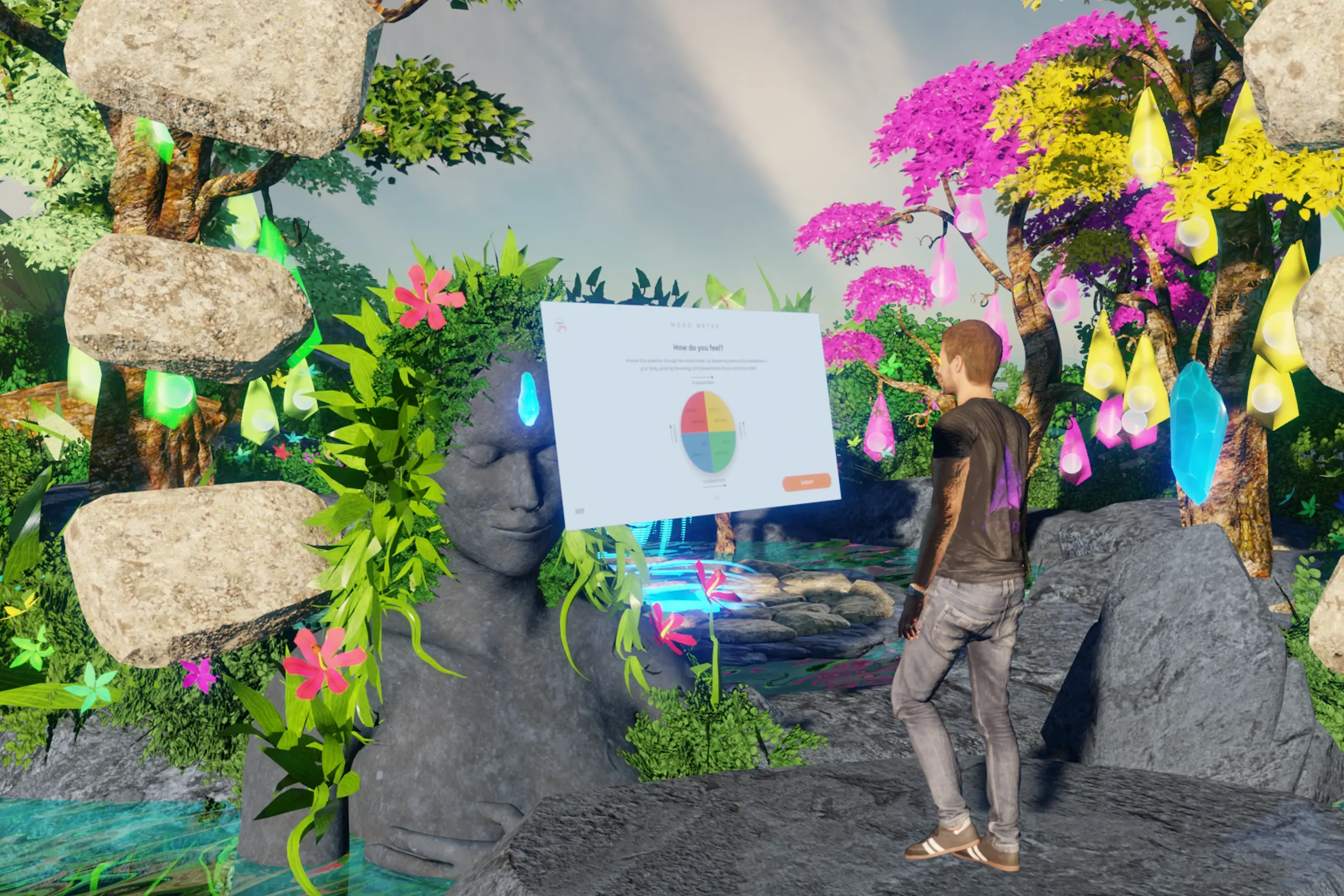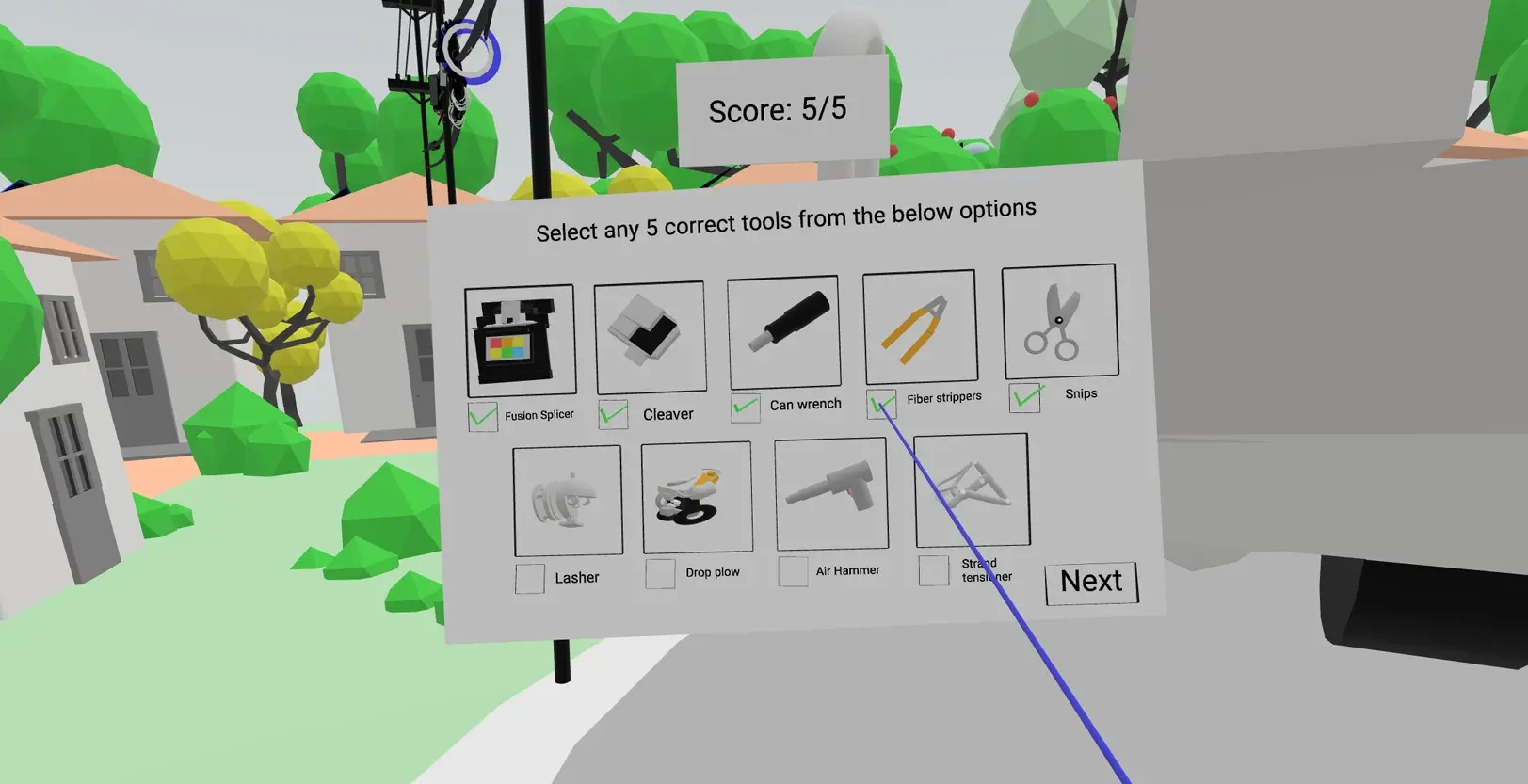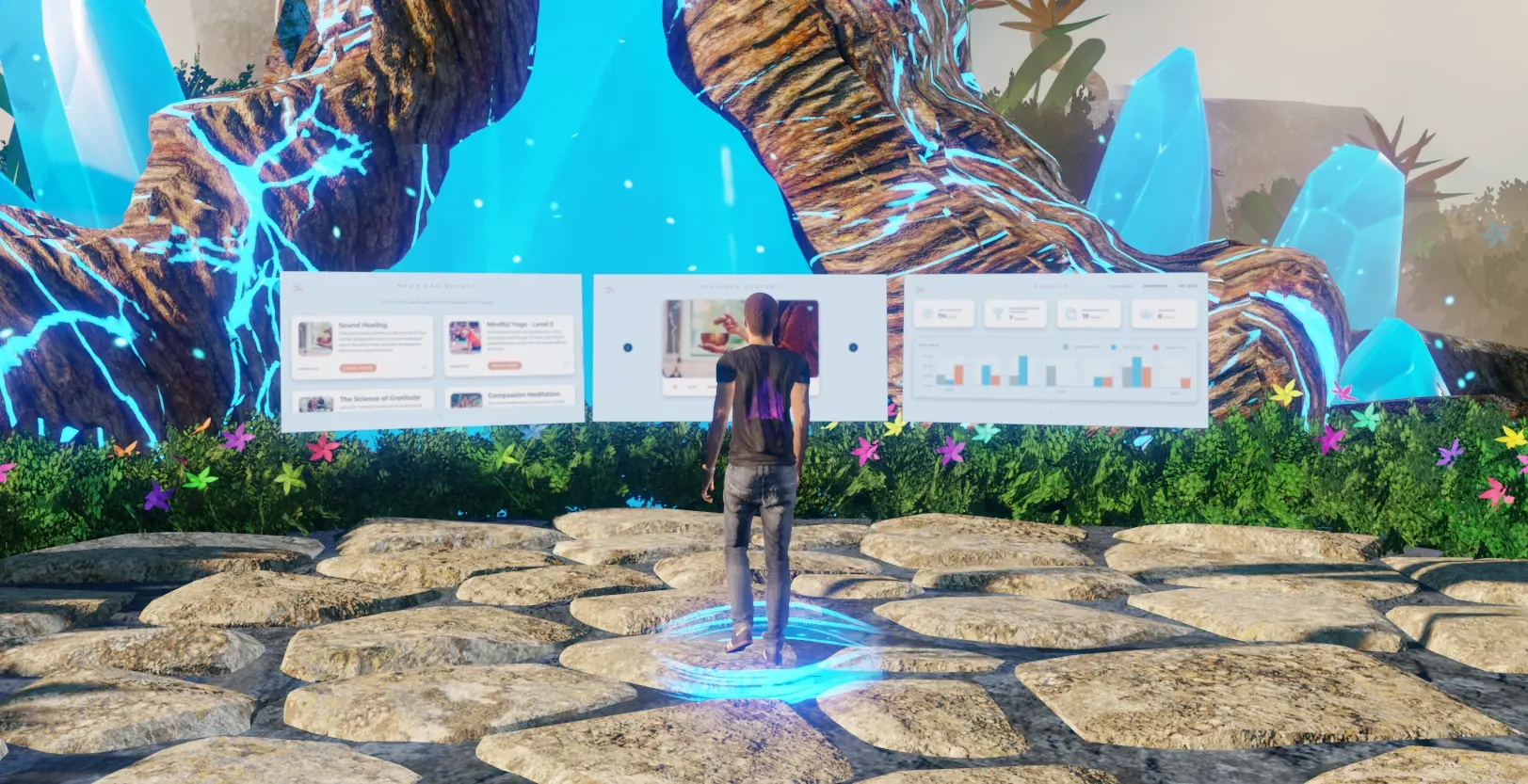Imagining Beyond Boundaries: The Power of Designing for Spatial Computing with Spatial Tools

In the rapidly evolving domain of Spatial Computing, we are witnessing a digital renaissance that is reshaping not just our digital interactions but also our physical environments. This transformation is primarily driven by the innovations in spatial design and prototyping, which are key to merging digital and physical experiences in unprecedented and innovative ways.
Spatial design is more than just creating 3D environments; it’s about crafting experiences that are visually striking, intuitively interactive, and engaging, propelling beyond conventional design boundaries. This involves a deep understanding of user interaction and perception in three-dimensional spatial environments.
Spatial prototyping, especially with platforms like ShapesXR, is changing the game for designers, engineers, and architects. This evolution enables swift, efficient prototyping within a virtual setting, bringing designers and clients together in a 3D virtual blockout. This process facilitates brainstorming, validates UX & UI concepts, and is low-risk, eliminating the need for extensive developer involvement and the associated costs and timelines.
At CXR.Agency, our utilization of innovative tools like ShapesXR, Spline, MultiBrush, Vectary, Blender, and MidJourney in spatial projects like Vuse and Millennium, showcases our commitment to efficiency and creativity in spatial design.
Millennium’s VR Training Program: Designing spatial experiences is a great challenge further complicated by the need to adapt UI and UX to the spatial world. CXR’s design team took a fully spatial design approach using ShapesXR to shorten the Discovery and Preliminary Design phase as well as streamline communication and collaboration to accelerate time to market. Our use of ShapesXR enabled us to develop 3D virtual storyboards, offering a low-fidelity but comprehensive preview of the training application and user journey. This process was instrumental in securing confidence and commitment for the subsequent high-fidelity 3D development.

Made for Joy’s VR Mindfulness App: Collaboratively building worlds of tranquility, Made for Joy’s project was a blend of creativity and client involvement. We utilized MultiBrush for 3D sketches, creating an interactive canvas for brainstorming within these virtual realms. This co-creative process paved the way for the development of high-fidelity 3D concept art in Blender, ensuring alignment with the client’s vision before proceeding to detailed 3D development.

IFSG’s AR/VR Luxury Shopping Experience: Transforming the virtual shopping paradigm, IFSG’s project demanded a user-centric design. Our initial 3D scenes created in MultiBrush allowed our team to block out and test many variations of UI and UX in early stages that would be far too expensive or time consuming to try later with a full team of producers, 3D artists, designers and Unity developers involved. By integrating ShapesXR for VR and Spline for AR, we crafted an engaging shopping experience that brought products directly to the user in a novel and interactive way.

These examples demonstrate the value added by employing spatial design, highlighting our use of spatial design techniques to enhance user experience and engagement.
As spatial technologies continue to evolve, they’re opening up a whole new world of digital interaction. It’s an exciting time where the lines between the physical and the virtual are blurring. At CXR.Agency, we’re passionate about this journey. We’re creating immersive and intuitive experiences that bring a touch of magic to everyday interactions using spatial 1st tools to seamlessly merge digital with physical.
Embark on the Spatial Journey
Embrace the opportunity to create captivating and immersive realities that shape the future of XR technology and user experiences.
Connect with CXR.Agency
Discover more about the potential of spatial design and join us in this exciting journey. Reach out to us at CXR.Agency.